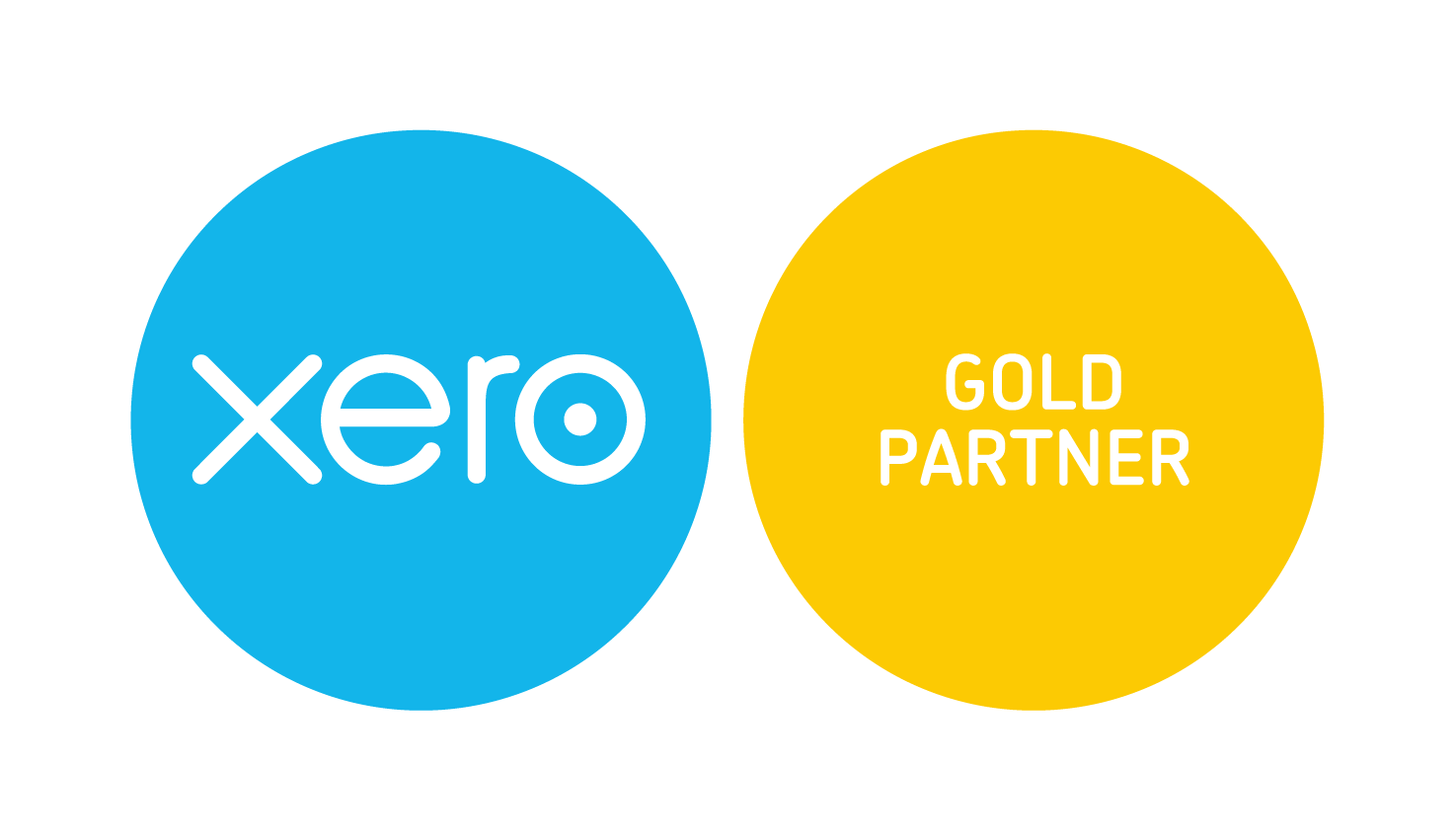Discounting Your Capital Gain

The capital gains tax (CGT) discount can reduce by 50% a capital gain that you make when you dispose of (sell) a CGT asset that you have owned for 12 months or more. However, the discount is only available to:
- individuals (but not foreign or temporary residents)
- complying superannuation funds (33% discount applies, not 50%)
- trusts; and
- life insurance companies in respect of a discount capital gain from a CGT event in respect of a CGT asset that is a complying superannuation asset.
The most notable omission from this list is companies. They are not eligible for the general discount. They are not eligible for the general discount. This should be factored in when assessing which entity is chosen to acquire a CGT asset.
12-Month Requirement
The tax legislation requires that to qualify for the general discount, the asset must have been acquired at least 12-months before the time of the CGT event (sale).
The 12-month period requires that 365 days (or 366 in a leap year) must pass between the day the CGT asset was acquired and the day on which the CGT event happens...effectively 12-months and two days! If a taxpayer is nearing the 12-month mark, they should consider delaying the sale where possible until this timeframe is satisfied and therefore becomes eligible for the discount.
For the purposes of satisfying the 12-month holding period, beneficiaries can treat an inherited asset as though they have owned it since:
- the deceased acquired the asset, if they acquired it on or after 20 September 1985
- the deceased died, if they acquired the asset before 20 September 1985.
Note more generally that for CGT assets acquired before 20 September 1985, no CGT is payable anyway.
Foreign Residents
The CGT discount no longer applies to discount capital gains of foreign or temporary residents or Australian residents who have a period of foreign residency after the below date. However, the CGT discount will still apply to the portion of the discount capital gain of a foreign resident individual that accrued up until 8 May 2012 (the date of announcement).
This measures applies where:
- an individual has a discount capital gain, including a discount capital gain as a result of being a beneficiary of a trust, from a CGT event that occurred after 8 May 2012, and
- the individual was a foreign resident or a temporary resident at any time on or after 8 May 2012.
The effect of the measure is to:
- retain the full CGT discount for discount capital gains of foreign resident individuals to the extent the increase in value of the CGT asset occurred prior to 9 May 2012
- remove the CGT discount for discount capital gains of foreign and temporary residence individuals accrued after 8 May 2012, and
- apportion the CGT discount capital gains where an individual has been an Australian resident, and a foreign or temporary resident, during the period after 8 May 2012. The discount percentage is apportioned to ensure the full 50% discount percentage is applied to periods where the individual was an Australian resident.
If you have any questions about the 50% discount, please contact us.







